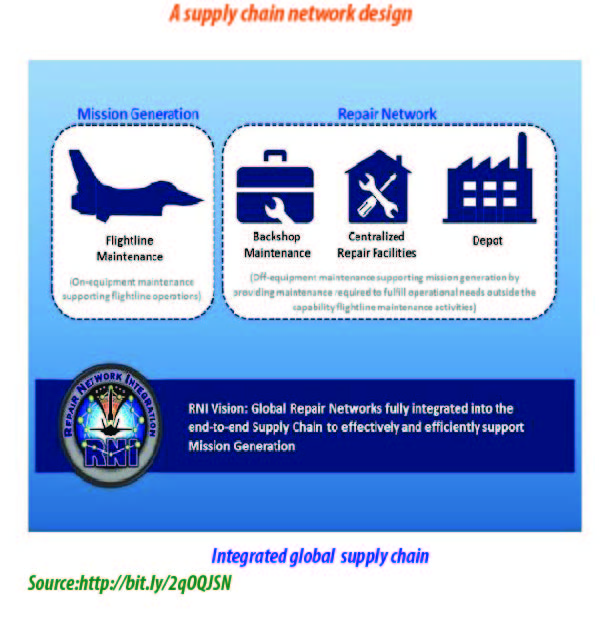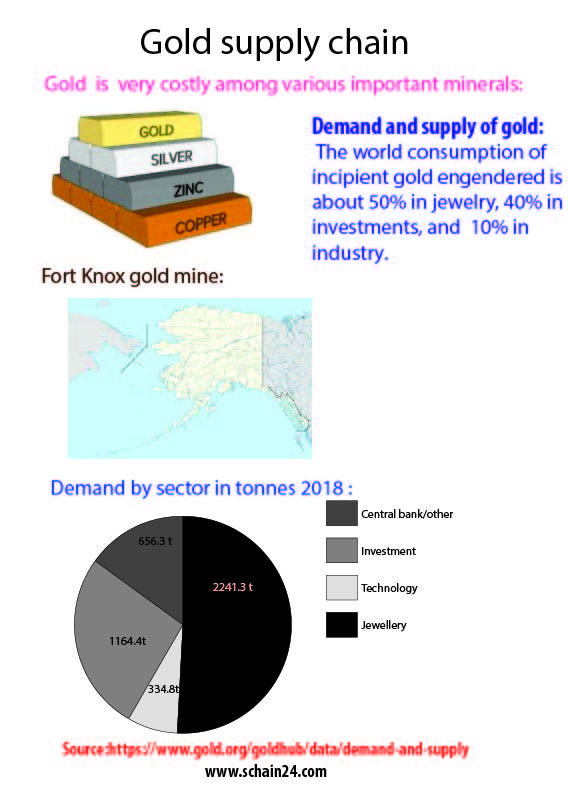About 15th Batch of CSCM
Hello Friends, We would like to inform all of you that 15th Batch of CSCM will going to start . For which participants should be registered within 10th October, 2013.
ISCEA Link address:www.iscea-bangladesh.com
 |
About CSCM |
Regular price-$1945
Discounted price-$1545.




